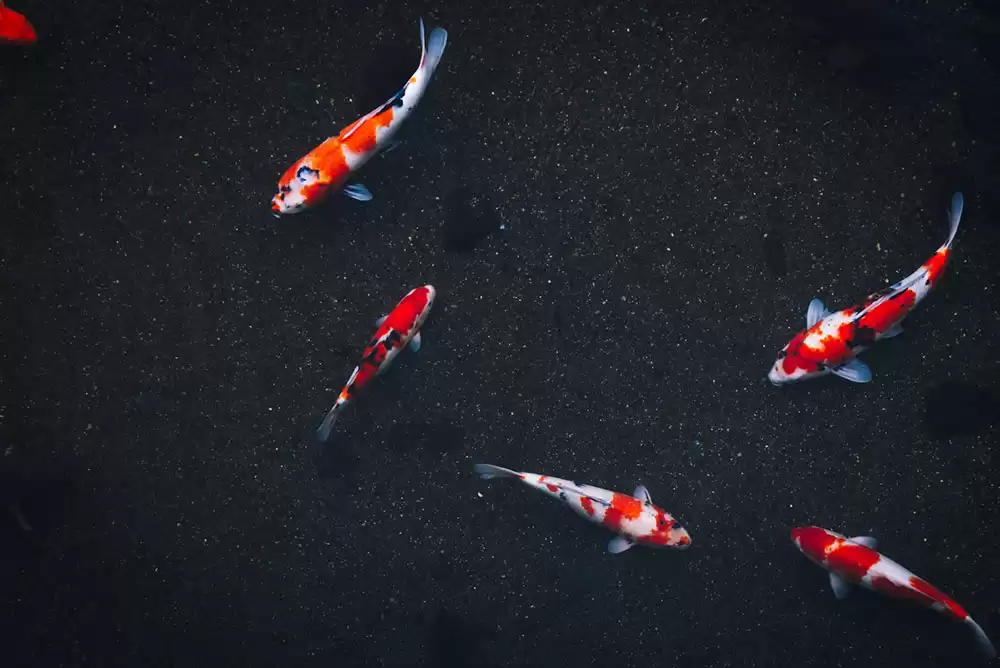
01 Mar How Fast do Koi Grow?
Koi fish, also known as Nishikigoi, are a type of ornamental carp that are commonly found in decorative ponds. These fish are not only popular for their vibrant colors and patterns but also for their fascinating growth patterns. For homeowners and business owners in or near Beverly Hills who have a koi pond on their property, understanding the growth rate of individual koi fish and its impact on pond maintenance is crucial. In this article, we will explore the factors that affect koi growth, the average koi growth rate, and the implications of koi growth on pond maintenance.
Factors that Affect Koi Growth
Various factors, including water quality, feeding habits, and genetics, can influence the growth rate of koi fish.
Water Quality
Maintaining optimal water quality is one of the most critical factors for healthy koi growth. The ideal water temperature for koi is between 59°F and 77°F, and the pH level should be between 7.0 and 8.0. High ammonia levels in the water can be toxic to koi and inhibit growth.
Feeding Habits
The type of food and the frequency of feeding can also impact a koi’s growth. A balanced diet with protein and vegetables is essential for healthy growth. Overfeeding can lead to health issues, while underfeeding can slow down growth.
Genetics
The breed of koi and their size at birth can also affect their growth rate. Different koi breeds have varying growth rates, and larger koi tend to grow faster than smaller ones.
Average Koi Growth Rate
The average growth rate of koi fish can vary based on the above factors. Generally, koi can grow to be around 2 feet long and weigh up to 35 pounds. However, individual koi growth rates can differ significantly depending on the fish’s genetics, feeding habits, and water quality.
Implications of Koi Growth on Pond Maintenance
As koi fish grow, they will require more space, food, and attention to maintain healthy growth.
Increased Demand for Space
Providing adequate space for koi to grow is important, as overcrowding can lead to stress and disease. Pond expansion may be necessary to accommodate the growing koi population.
Increased Demand for Food
As koi grow, they will require more food to support healthy growth. Proper feeding habits should be established, and feeding frequency should be adjusted based on the size and number of koi in the pond.
Increased Demand for Water Quality Management
Regular water testing and maintenance should be performed to maintain optimal water quality. This includes monitoring the pH level, temperature, and ammonia levels. A koi pond aerator for winter can also help to maintain good water quality.
Conclusion
In conclusion, understanding the growth rate of koi fish and its impact on pond maintenance is essential for homeowners and business owners in or near Beverly Hills who have a koi pond on their property. Factors such as water quality, feeding habits, and genetics can all influence koi growth rates. As koi grow, there is an increased demand for space, food, and water quality management. By taking these factors into account and enlisting the help of a professional pond service or commercial koi pond service, homeowners and business owners can maintain healthy koi and a thriving pond.
If you would like professional help in maintaining your koi pond, then visit our Aquatic Gardens website to get started.



